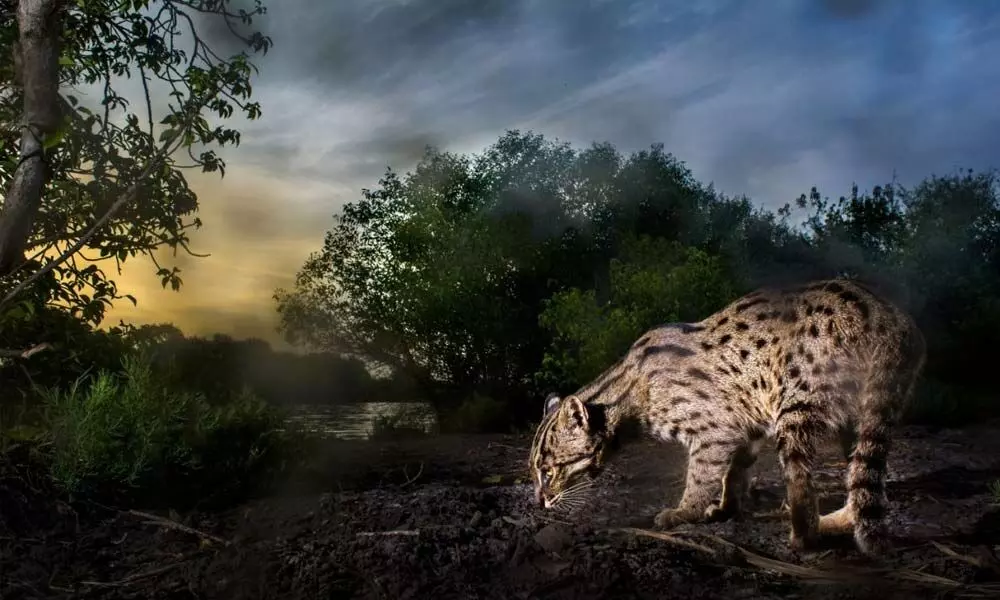Live
- Atkinson, Mendis, Ayub, Joseph named ICC Men’s Emerging Cricketer of the Year nominees
- Wanaparthy collector directs doctors to be available all time
- Parbhani custodial death: Prakash Ambedkar demands solatium, survey of victims of police brutality
- Indiramma illu survey should be completed in time, collector
- Excise police seize 10 litres of adulterated liquor
- AAP workers protest outside BJP leader Parvesh Verma's residence; latter distributes snacks
- I'll move the High Court, want written reply why I'm not getting Khel Ratna Award: Yogesh Kathuniya
- Malladi Venkata Krishnamurthy Lauds 'Master of Suspense Hitchcock'
- ACB hands over key documents to ED in the Formula E car race case
- How to Use Meta AI on WhatsApp for Creative Interactions









